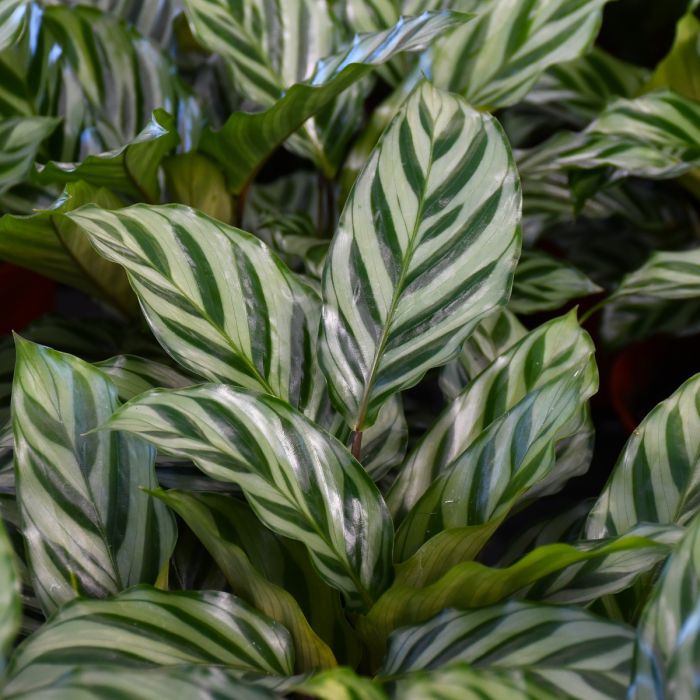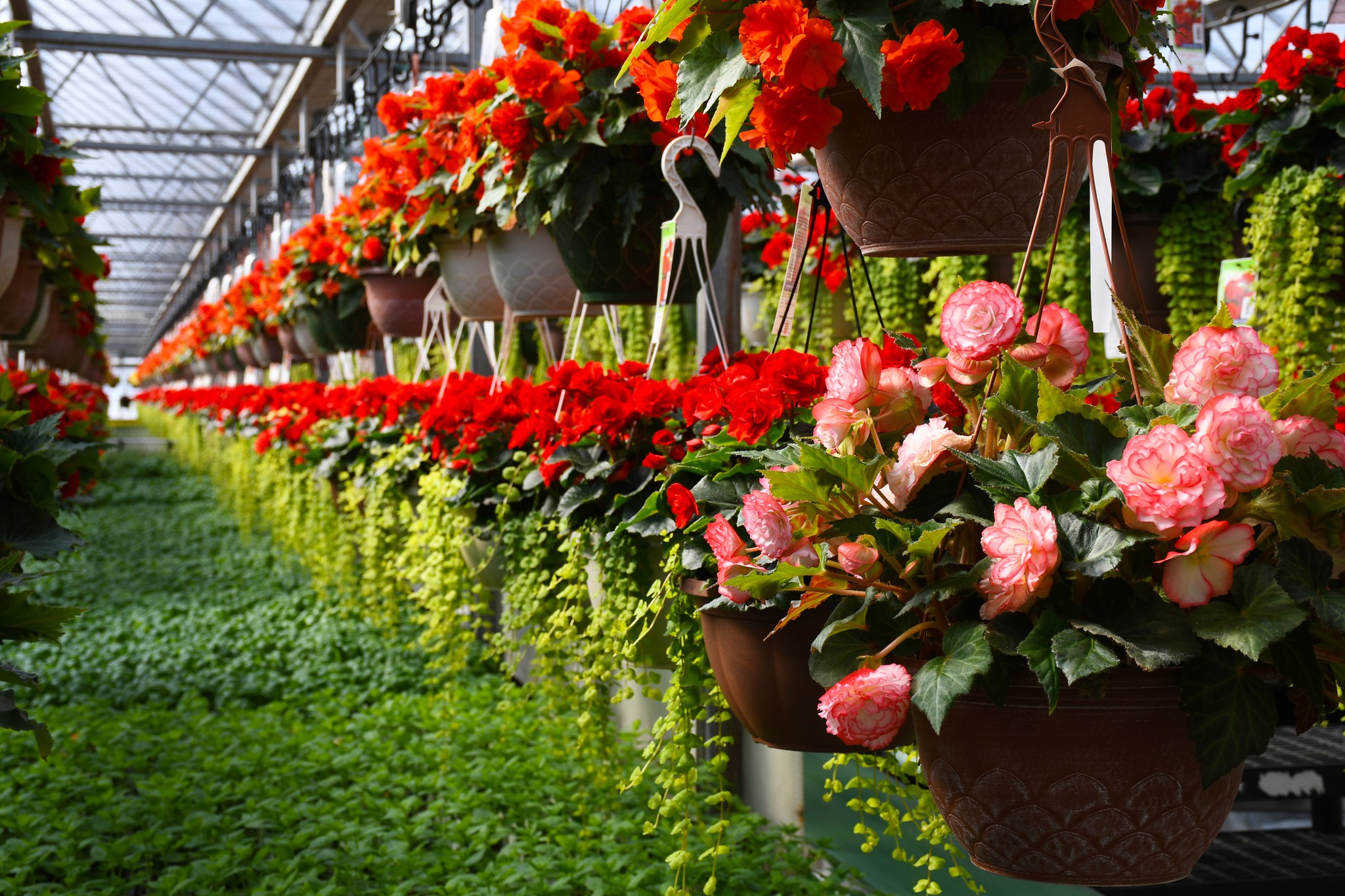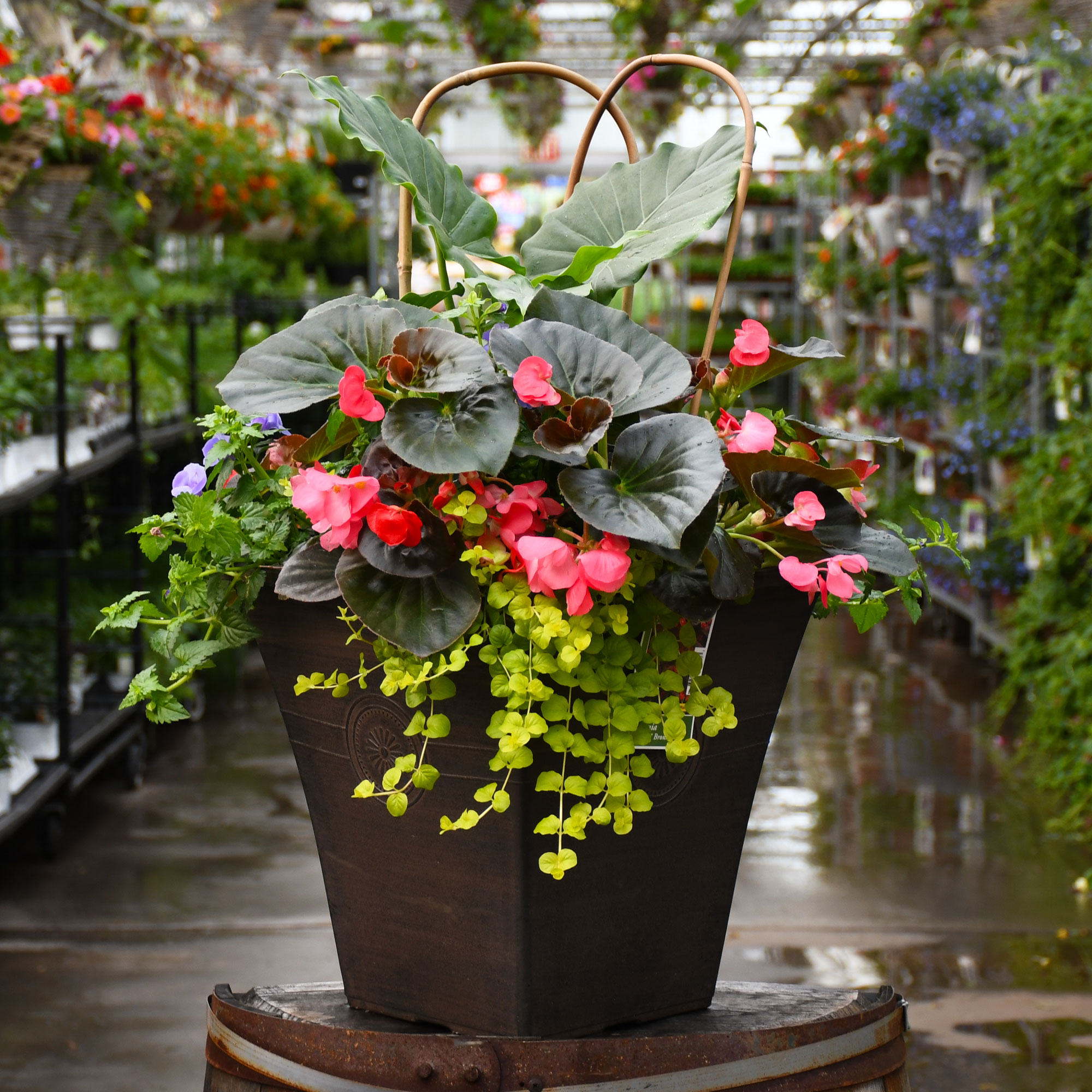Calathea Concinna 'Freddie'



Out of stock
Temporarily Out of Stock- Sun Preference
- No-Sun
Description
Freddie Prayer Plant | Calathea concinna
Other Names: Freddie Calathea, syn. Goeppertia concinna
A lovely houseplant featuring elegant silver-green leaves with bold, dark green stripes; foliage folds up at night; thrives in low to medium light; needs consistent moisture and humidity, mist with distilled water frequently in drier environments.Direct from the Grower
When you see the Gerten Grown logo on our annuals, you know you're getting a fresh plant directly from our greenhouse. We've been perfecting our growing process for over four generations and pride ourselves on providing local quality and freshness to our customers. Better pricing on better quality plant material, that's Gerten Grown.
Details
Freddie Prayer Plant's attractive glossy pointy leaves emerge chartreuse, turning silver in color with prominent dark green stripes throughout the year on a plant with an upright spreading habit of growth.
This is an herbaceous evergreen houseplant with an upright spreading habit of growth. Its relatively coarse texture stands it apart from other indoor plants with finer foliage. This plant should not require much pruning, except when necessary to keep it looking its best.
When grown indoors, Freddie Prayer Plant can be expected to grow to be about 20 inches tall at maturity, with a spread of 18 inches. It grows at a slow rate, and under ideal conditions can be expected to live for approximately 5 years. This houseplant should only be grown away from direct sunlight or in a room with strong artificial light. It does best in average to evenly moist soil, but will not tolerate standing water. The surface of the soil shouldn't be allowed to dry out completely, and so you should expect to water this plant once and possibly even twice each week. Be aware that your particular watering schedule may vary depending on its location in the room, the pot size, plant size and other conditions; if in doubt, ask one of our experts in the store for advice. It will benefit from a regular feeding with a general-purpose fertilizer with every second or third watering. It is not particular as to soil pH, but grows best in rich soil. Contact the store for specific recommendations on pre-mixed potting soil for this plant.
There are many factors that will affect the ultimate height, spread and overall performance of a plant when grown indoors; among them, the size of the pot it's growing in, the amount of light it receives, watering frequency, the pruning regimen and repotting schedule. Use the information described here as a guideline only; individual performance can and will vary. Please contact the store to speak with one of our experts if you are interested in further details concerning recommendations on pot size, watering, pruning, repotting, etc.
-- THIS IS A HOUSEPLANT AND IS NOT MEANT TO SURVIVE THE WINTER OUTDOORS IN OUR CLIMATE --
More Information
| Sun Preference | No-Sun |
|---|---|
| Plant Life Cycle | Annual |
| Mature Height (Range) | 13" - 24" |
| Mature Spread (Range) | 12" - 24" |


